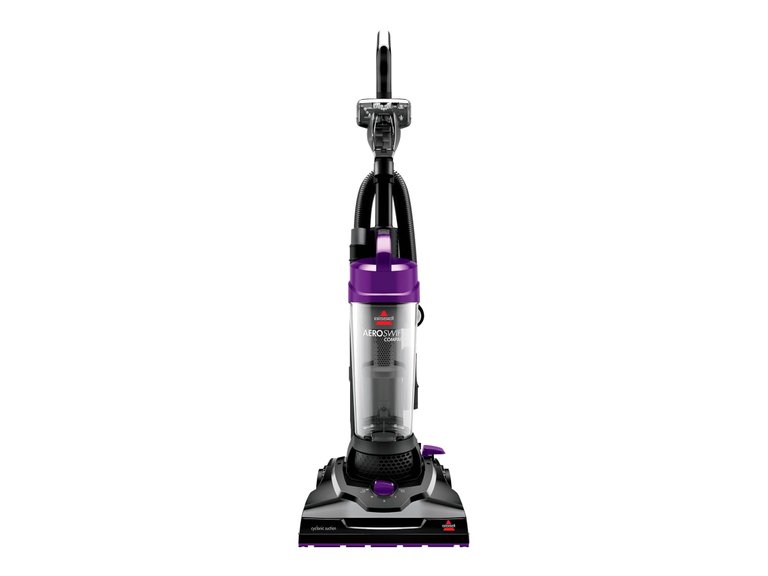LeoGlossary: Vacuum

Based on the search results, here is a summary of what a vacuum is and its different use cases:
What is a vacuum?
A vacuum is a space that contains a lower atmospheric pressure compared to the surrounding environment, with the absence or near-absence of gas molecules. While it is impossible to create a perfect vacuum with absolutely no gas molecules, industrial and scientific applications can achieve varying degrees of vacuum by using vacuum pumps to remove air and other gases.
Types of vacuum
Vacuums are classified into different categories based on the level of pressure achieved:
- Low (rough) vacuum: 105 Pa to 102 Pa[1]
- Medium vacuum: 102 Pa to 10-1 Pa
- High vacuum (HV): 10-1 Pa to 10-5 Pa
- Ultra-high vacuum (UHV): 10-5 Pa to 10-8 Pa
- Extreme high vacuum: 10-8 Pa or less
Use cases for vacuum technology
Vacuum technology has numerous applications across various industries:
Scientific research:
- Enables experiments and observations without interference from air molecules, used in equipment like electron microscopes and mass spectrometers
- Required for processes like etching and deposition to prevent contamination
Food and packaging:
- Used for vacuum sealing to extend shelf life by removing air
- Enables freeze-drying processes to preserve perishable materials
Healthcare and pharmaceuticals:
- Used in medical instruments like surgical suction devices and in pharmaceutical manufacturing processes like lyophilization
Automotive and aerospace:
- Used in manufacturing components and testing spacecraft in simulated space conditions
Material processing and metallurgy:
- Enables precise control over processing environment for vacuum sintering, melting, and heat treatment
Vacuum Cleaner
A vacuum cleaner, also known as a vacuum, is a cleaning device that uses suction to remove dirt, dust, and debris from surfaces such as floors, carpets, and upholstery. A vacuum cleaner typically consists of a motor, a fan, a dust collection system, and various attachments for cleaning different surfaces.
When the vacuum cleaner is turned on, the motor powers the fan, which creates suction that draws in air and any dirt or debris on the surface being cleaned. The dirt and debris are then collected in a dust bag or canister, while the clean air is expelled through a filter.
Vacuum cleaners come in various types and sizes, including upright vacuums, canister vacuums, handheld vacuums, stick vacuums, and robotic vacuums. Each type of vacuum cleaner is designed for specific cleaning tasks and surfaces.
Upright vacuums are the most common type of vacuum cleaner and are ideal for cleaning carpets and hard floors. Canister vacuums are versatile and can be used for cleaning carpets, hard floors, stairs, and upholstery. Handheld vacuums are compact and portable, making them ideal for cleaning small areas, cars, and hard-to-reach places. Stick vacuums are lightweight and easy to maneuver, making them a popular choice for quick cleanups and hard floors. Robotic vacuums are autonomous and can be programmed to clean specific areas, making them a convenient option for busy households.
Vacuum cleaners are an essential tool for maintaining clean and healthy environments in both residential and commercial settings. They help to remove allergens, dust mites, and other pollutants that can cause health problems, particularly for people with allergies or respiratory conditions.
Uses of Vacuum (Cleaners)
A vacuum, also known as a vacuum cleaner, is a device used for cleaning floors, carpets, and other surfaces by removing dirt, dust, and debris using suction. Here are some common use cases for vacuums:
- Residential cleaning: Vacuums are commonly used in homes for cleaning carpets, hardwood floors, and other surfaces. They are especially useful for removing pet hair, dust mites, and allergens from carpets and upholstery.
- Commercial cleaning: Vacuums are also used in commercial settings such as offices, hotels, and hospitals for cleaning floors, carpets, and upholstery. Commercial vacuums are typically more powerful and durable than residential vacuums, and are designed for heavy-duty use.
- Industrial cleaning: Vacuums are used in industrial settings such as factories, warehouses, and construction sites for cleaning floors, machinery, and other surfaces. Industrial vacuums are typically designed for heavy-duty use and are capable of handling large volumes of debris and dust.
- Food processing and packaging: Vacuums are used in the food processing and packaging industry for cleaning and sanitizing equipment and surfaces. They are also used for removing dust and debris from food products during processing.
- Hazardous material cleanup: Vacuums are used in hazardous material cleanup operations for removing toxic or hazardous substances from surfaces and the air. These vacuums are typically designed for use in hazardous environments and are equipped with specialized filters and collection systems.
- Automotive detailing: Vacuums are used in automotive detailing for cleaning car interiors, including carpets, upholstery, and dashboards. They are also used for removing dirt and debris from air vents and other hard-to-reach areas.
- Electronic equipment cleaning: Vacuums are used for cleaning electronic equipment such as computers, servers, and other sensitive equipment. They are designed to remove dust and debris without causing damage to the equipment.
General:
Posted Using InLeo Alpha